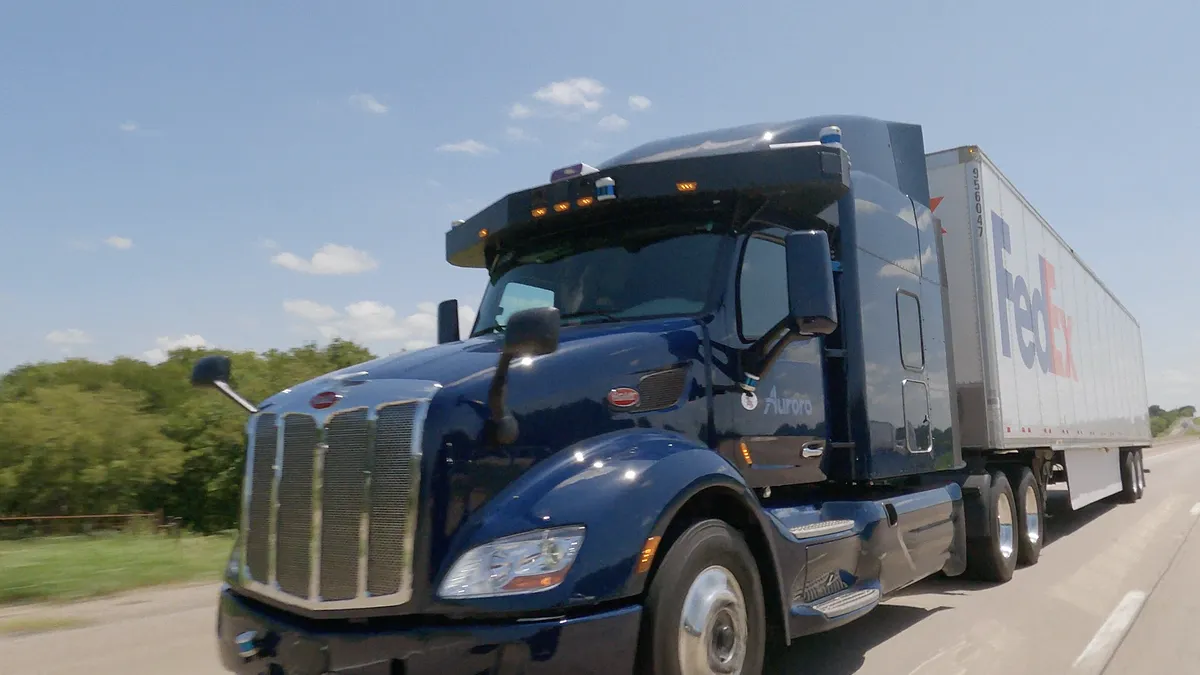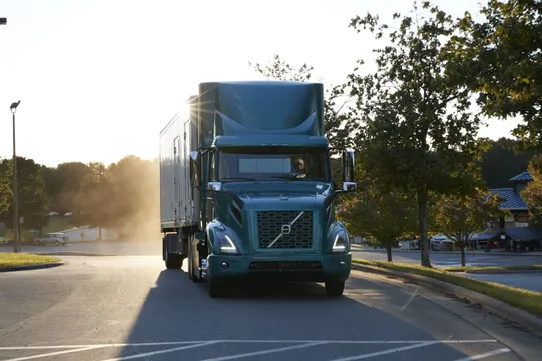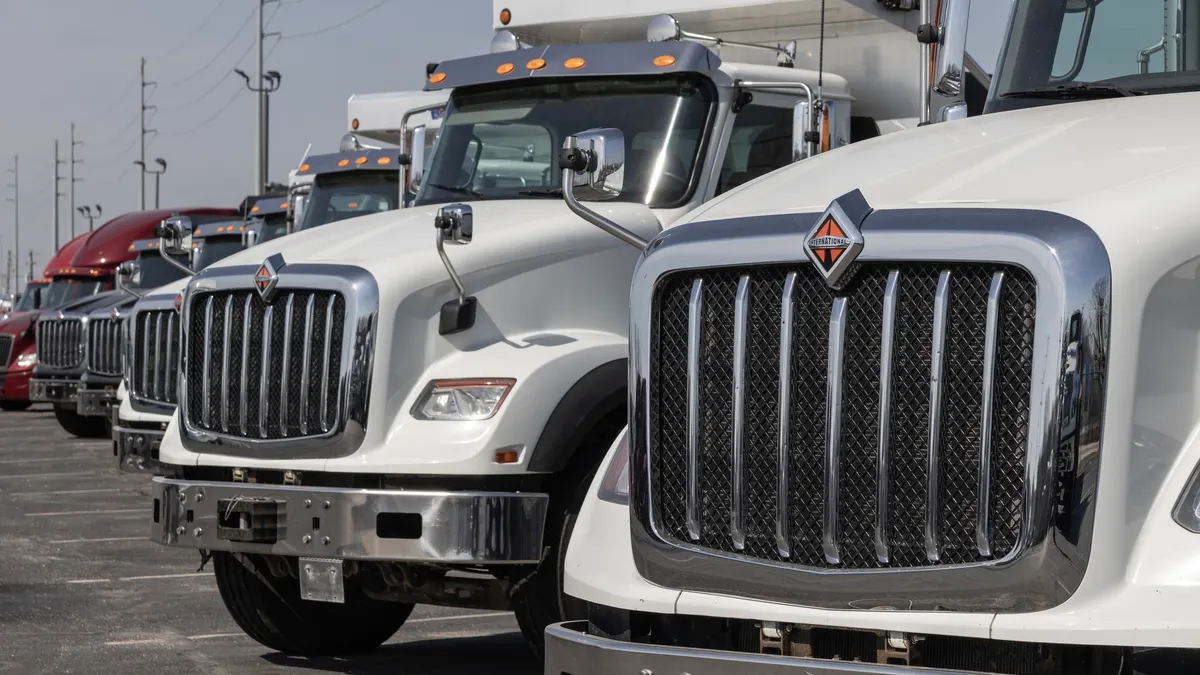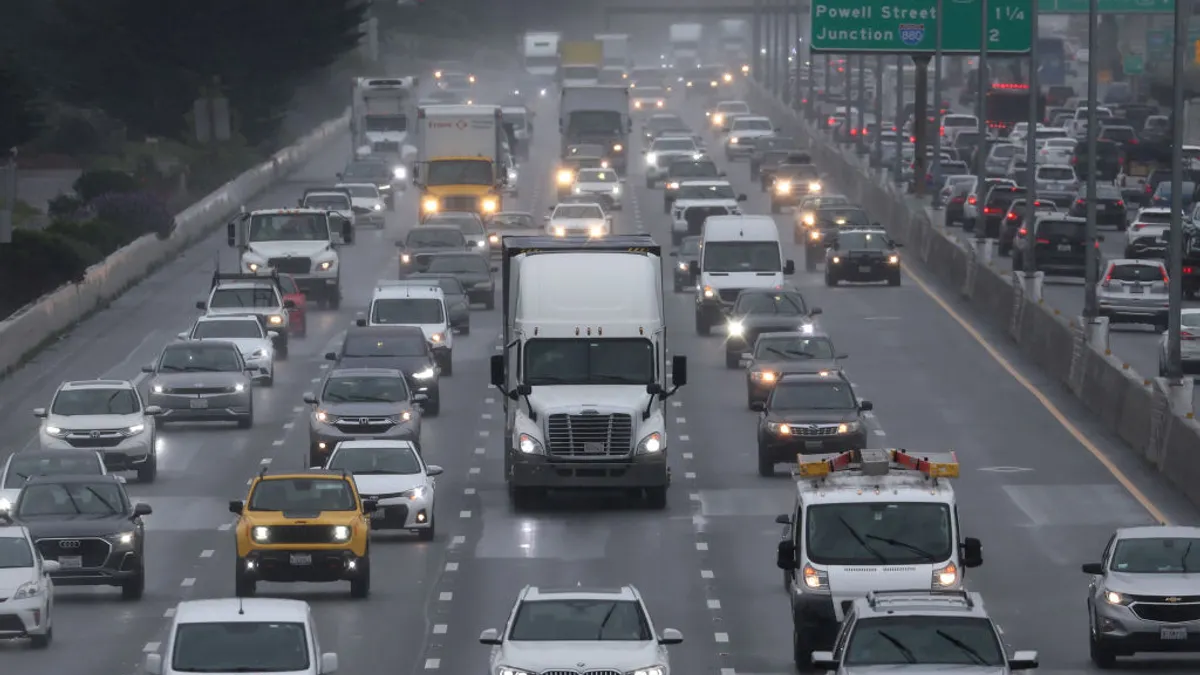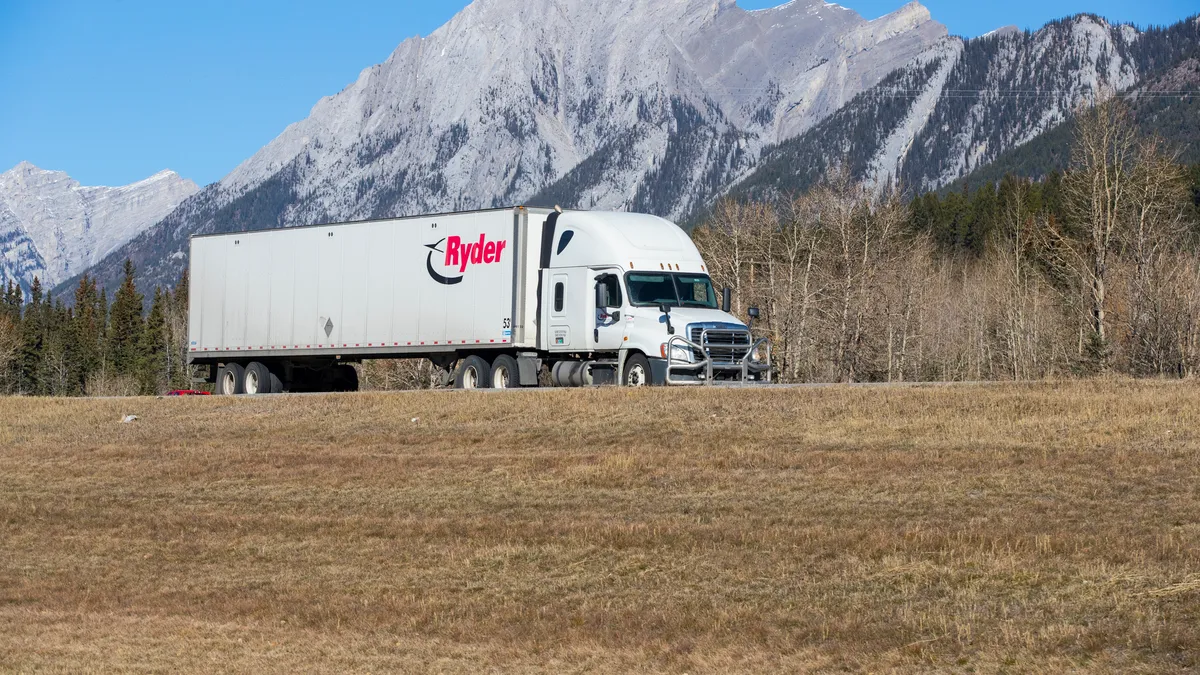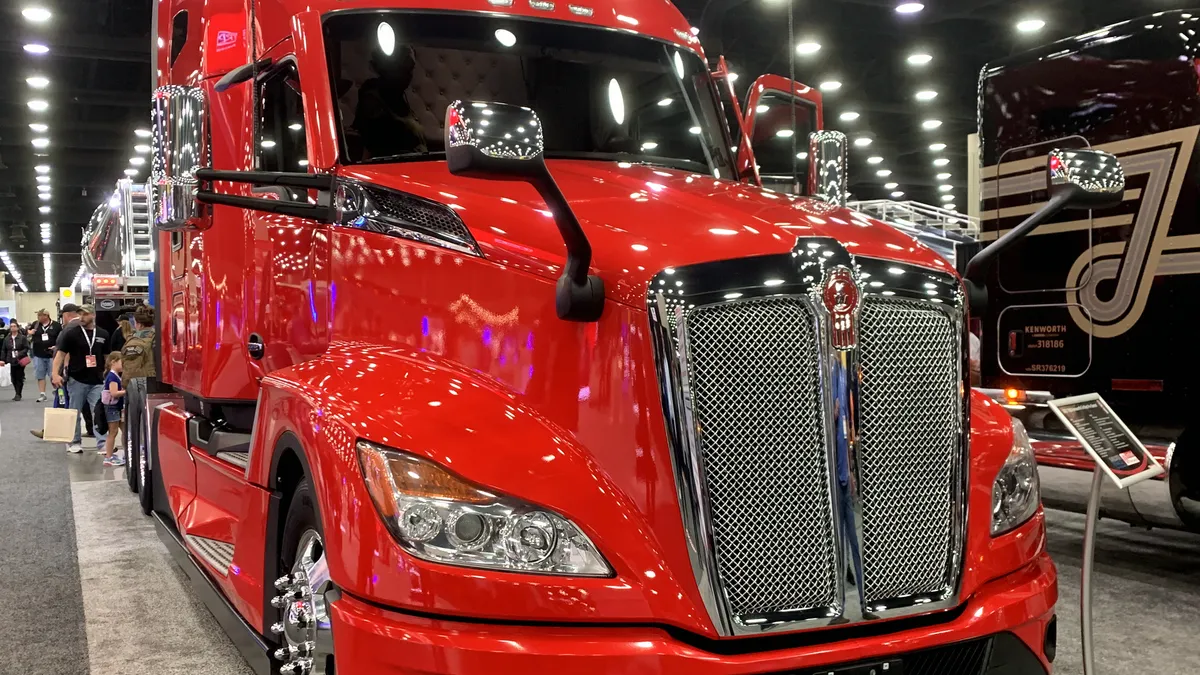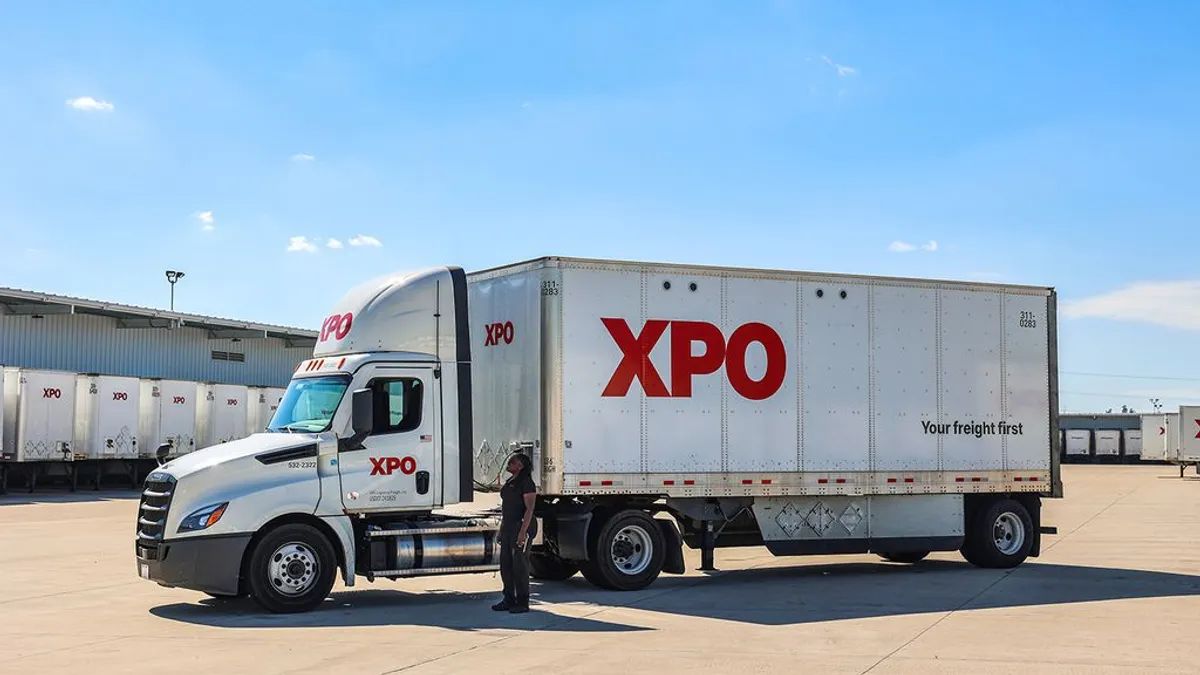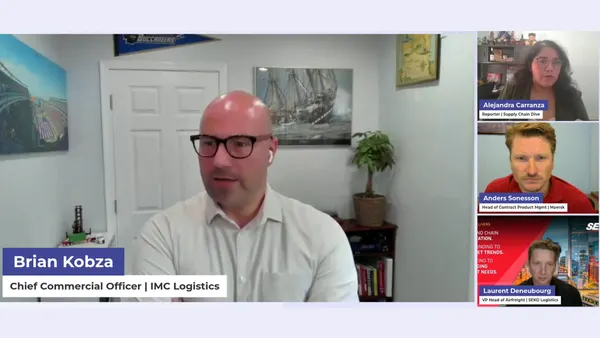Autonomous trucks are hitting the road in states across the country, completing pilot runs and, increasingly, commercial routes. But as more fleets look to automated trucks as the next phase of long-haul innovation, a patchwork of state laws governing the technology could be a stumbling block to widespread adoption.
At least 20 states have passed legislation related to autonomous vehicles, with Kansas and Oklahoma recently joining the list. While some states like Texas are known for their automated vehicle-friendly legislation, others are more restrictive against the deployment of driverless vehicles.
“The biggest inconsistency is the levels of regulations that exist,” said Brian Ursino, director of law enforcement at the non-profit American Association of Motor Vehicle Administrators and a member of its automated vehicle subcommittee.
Automated trucking companies have so far flocked to Sunbelt states for pilot routes because of the ideal driving weather and a political atmosphere where “less regulation is better,” Ursino said. Texas recently passed a law to exempt automated vehicles from some regulations that pertain to human drivers.
California, meanwhile, is among those states that has taken a more stringent approach to autonomous regulations. The state requires approved permits for autonomous vehicle testing, and mandates that companies report every safety and disengagement incident that occurs during runs. Those rules, Ursino said, provide a wide breadth of safety data for the industry, but can make it a less attractive operating environment for AV companies.
“The last thing we want to do is start encouraging people to do something that we will then be in trouble for ”

Kelly Bartlett
Connected and automated vehicle specialist at the Michigan Department of Transportation
So far, AV companies have taken a state-by-state approach to advocacy. Mufaddal Ezzy, senior director of state and local government relations at Aurora Innovation, said the variation in state regulations creates an “opportunity” for autonomous trucking companies to shape legislation in the early stages.
Aurora has been working with lawmakers in Pennsylvania to pass updated regulation that allows for autonomous deployment. Companies’ lobbying efforts have been successful elsewhere: In Kansas, middle-mile autonomous vehicle developer Gatik helped push for a law allowing driverless vehicles in the state.
Ezzy said Aurora focuses on engagement and education with state lawmakers, particularly on the difference between lower level automation and level 4 autonomy, which it develops.
“It’s really a matter of sitting down with policymakers when you run into those sorts of challenges and finding a way forward. And if that means making the case for updating some rules and regulations ... we’ve had a pretty good level of success in being able to do that,” Ezzy said. “The flip side of that is adjusting the product to fit with whatever’s needed for compliance.”
He said the company isn’t as concerned about opposing regulations between states and the potential for compliance issues when a driverless truck crosses the border into a state with more stringent laws.
“We typically find state policymakers taking a thoughtful approach to how they’re developing those regimes,” Ezzy said.
Still, for some state regulators, it’s still unclear how that federal oversight will interact with their updated autonomous technology regulations, and if allowing for greater autonomy on the roads could run them afoul of federal law.
“The last thing we want to do is start encouraging people to do something that we will then be in trouble for,” said Kelly Bartlett, a connected and autonomous vehicle specialist at the Michigan Department of Transportation.
Michigan was an early adopter of automated vehicle legislation in 2016, but more recently, a lack of clarity around federal rules has presented roadblocks. Bartlett said since states are mandated to enforce federal CDL, it’s unclear if Michigan would be penalized if it were to allow for the removal of a licensed driver from an automated commercial truck.
“It’s really a matter of sitting down with policymakers when you run into those sorts of challenges and finding a way forward.”

Mufaddal Ezzy
Aurora Innovation senior director of state and local government relations
Federal rules lack granularity on many other aspects of truck equipment that will be affected by higher levels of automation, such as how to deal with seatbelts, seat positions and windshield wipers when there are no human drivers in the car, Ursino said.
As state and federal regulators move forward with rules of the road for autonomous vehicles, industry stakeholders see a need for working groups and other tools that ease communication between public and private stakeholders.
“There’s certainly an opportunity for states to update their regulations, update their laws, and we try to have a good seat at the table there to make sure they’re doing it in a way that makes sense,” Ezzy said.



